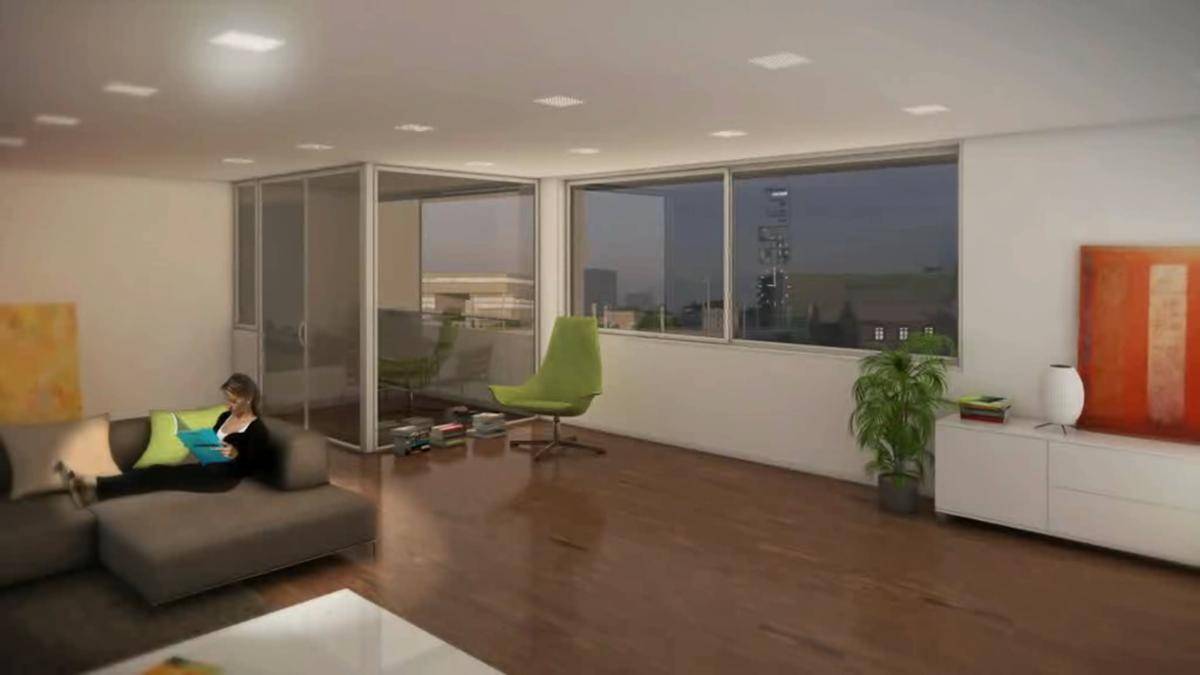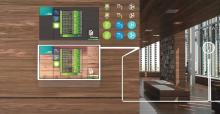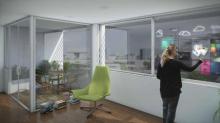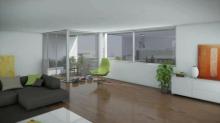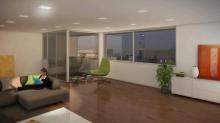Quality of life of public spaces
Comfortable indoor spaces
Intelligent indoor spaces - biorhythms and lighting
Promoting the comfort of eco-responsible occupants
I3 is an integrated home automation system, associated with the functioning of interior spaces and for which the processing capacity extends to the life of the building, including integration of data from the digital city.
The system, designed to promote conservation, guides the occupants towards virtuous uses of all resources: it indicates in real time cases of over-consumption, detects leaks, provides help with upkeep and maintenance by sending out prioritizing alerts and personalized advice to users, which allows them to intervene on their own.
I3, designed to be ergonomic and non-intrusive with window-screens and interactive objects, can easily be installed in a room. Its visual, tactile and vocal interface is accessible to all, including people with physical or sensorial handicaps.
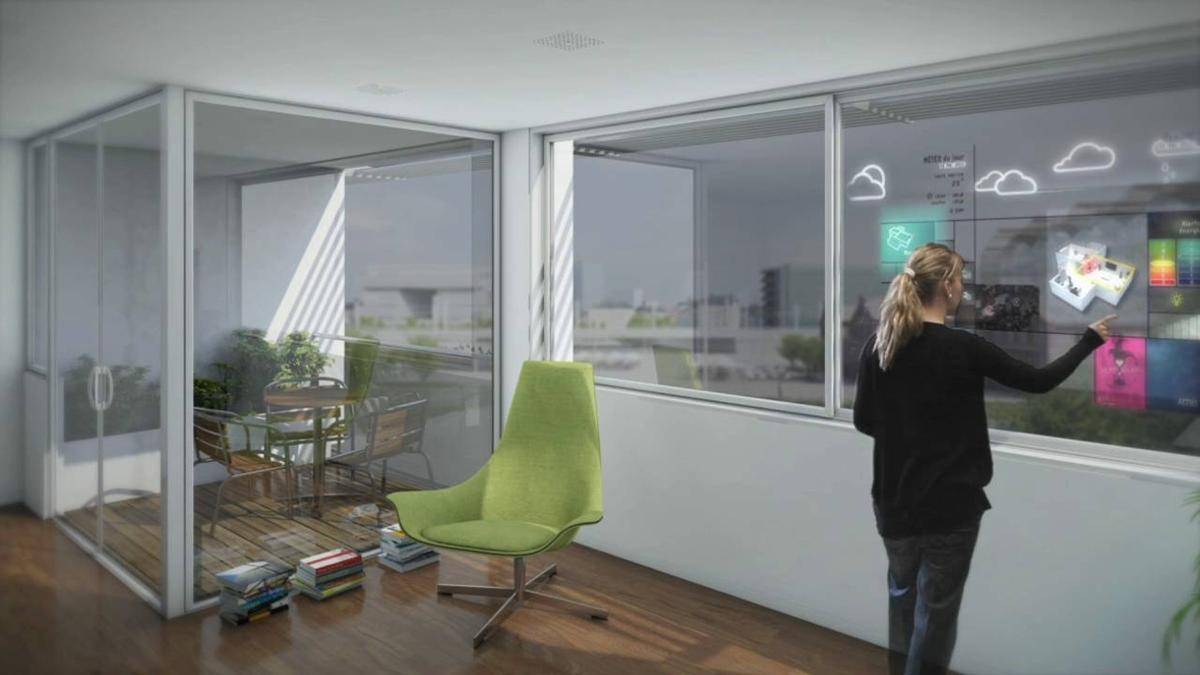
For the health and comfort of the occupants, I3 handles the regulation of the temperature/humidity, acoustic and light factors and guarantees the quality of the interior air.
In terms of safety, I3 offers, in addition to the standard functions of intrusion and fire detection, the prevention of home accidents.
Lastly, I3 offers an interactive link between the occupants and their physical, human and virtual environment. They can check information in real time concerning the weather, opportunities to share a service with neighbors, travel conditions and cultural events.
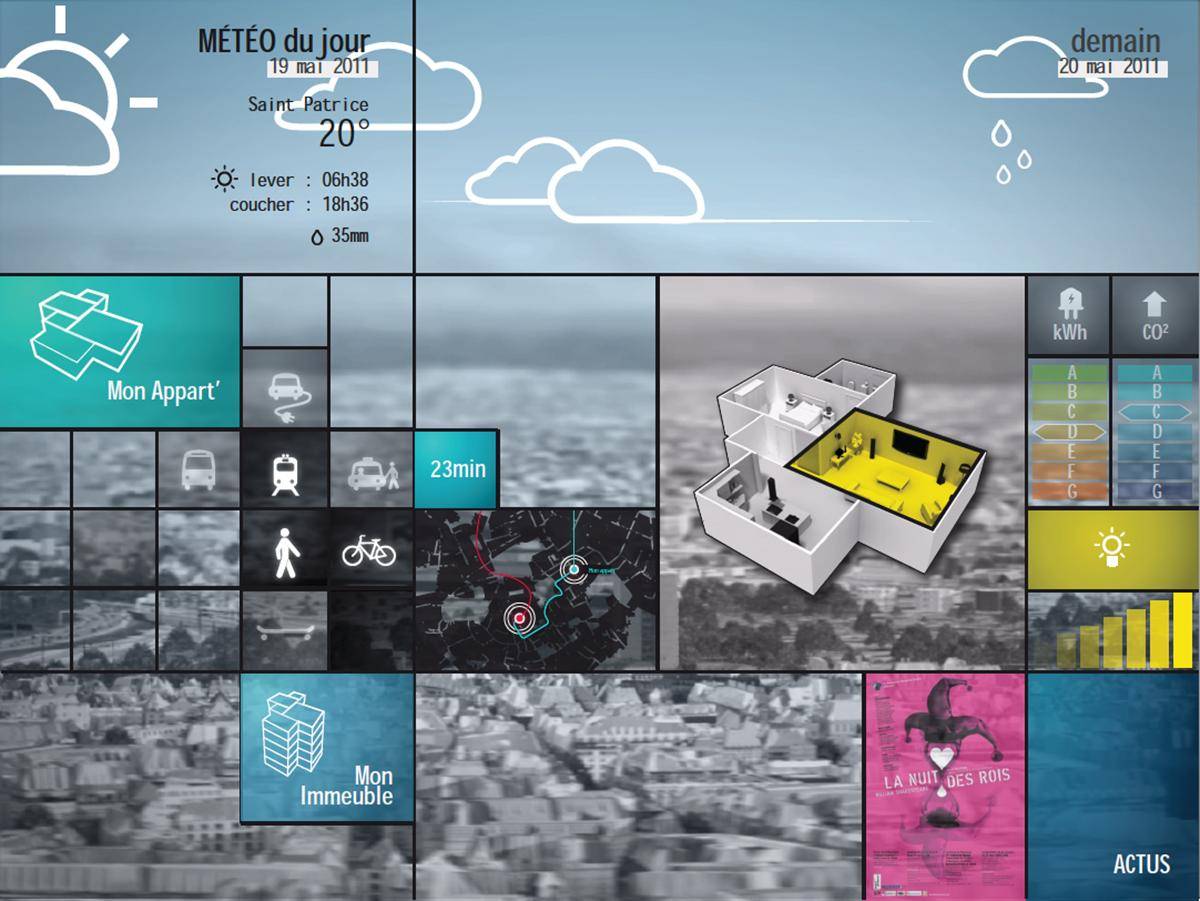
Respecting human biological rythms and reducing energy consumption
In urban environments, light pollution constitutes, before noise pollution, a well-known factor that disturbs the human biological cycle on the scale of 24 hours. Its effects on human health vary according to the individual, from sleep disorders to real pathologies.
The optimization of exposure to natural light both outside and within buildings can constitute an initial response to this public health issue. While developing shaded areas, the urban fabric offers open areas to allow for access to the sun: terraces, pergolas, and nature spaces are systematically planned near living areas. The penetration of natural light also constitutes an important criterion in architectural design, whether directly with patios or indirectly with light shafts, wells and shelves.
Seeking to limit the sources of urban light pollution and energy consumption, EIFFAGE is also proposing the adopting of a rationalized public lighting system based more on marking than on illuminating. Thanks to the new generation of LED lights developed by EIFFAGE Energie, this new lighting system innocuously provides the lighting intensity that is strictly necessary for the paths of people going about and varies as a function of the ambient light.
All of these solutions support the reduction of electricity needs associated with interior lighting and also public lighting, one of the biggest energy expenses of municipalities.
- Modulation of interior lighting at 6 PM
Additional interior lighting is provided by ceiling panels using the LED technology developed by EIFFAGE Energie to provide light much like the sun. Throughout the day, the intensity and the color temperature are modulated. The panels provide a soft luminosity in the morning which becomes strong at noon, heats up in the evening and then decreases sharply as night falls.
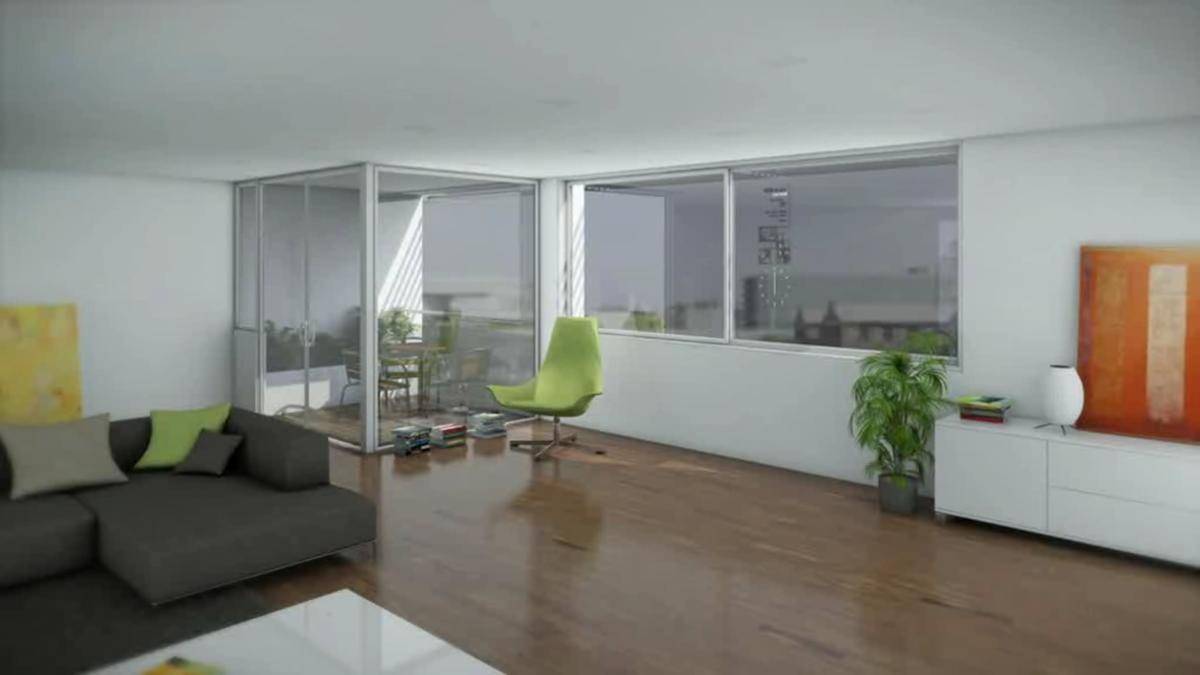
- Modulation of the interior lighting at 9 PM
The occupants can still temporarily increase the lighting for activities that require it. The system also makes it possible to consider seasonal variations of the lighting duration to accompany the adaptation of the times of the city.
